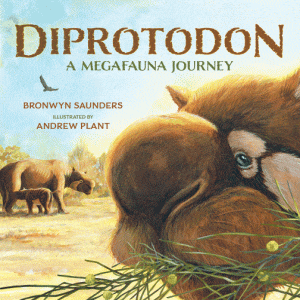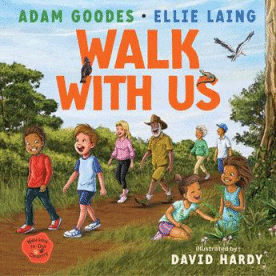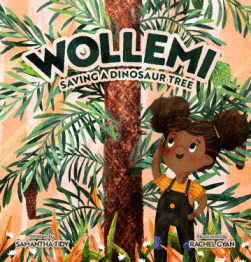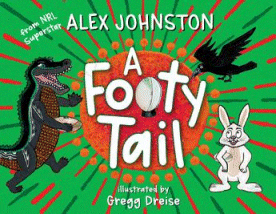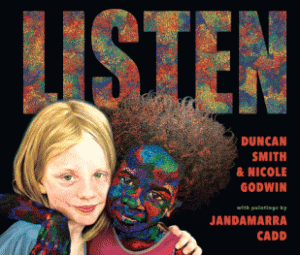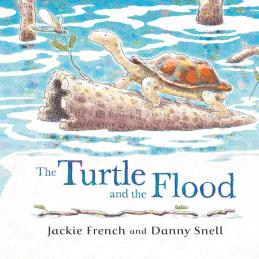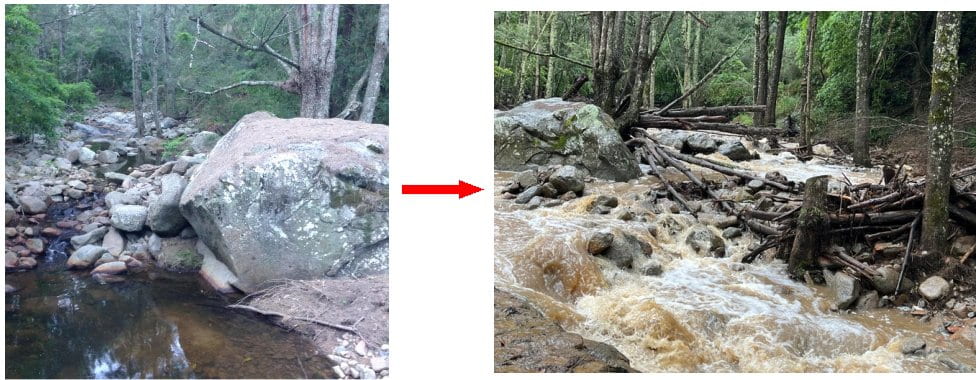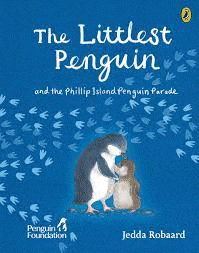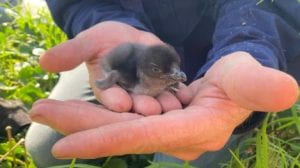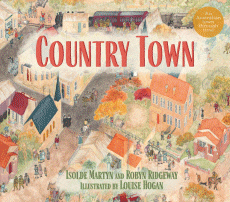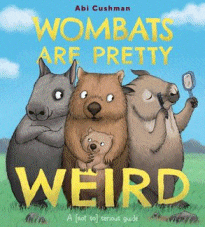
Wombats Are Pretty Weird
Wombats Are Pretty Weird
Abi Cushman
Greenwillow, 2023
40pp., hbk., RRP $A24.99
9780063234437
There are few Australian children who grow up without being introduced to Mothball, the real-life star of Jackie French’s Diary of a Wombat series which not only shone a spotlight on these creatures over 20 years ago but which helped to revolutionise the publishing of stories for preschoolers. Bruce Whatley’s sublime illustrations brought to life a character that has endeared wombats as a species to generations and they are often declared as a “favourite animal”. Certainly a younger Ms 17 was delighted when she got to feed one of the many orphans raised by fellow teacher librarian Anne Graham.
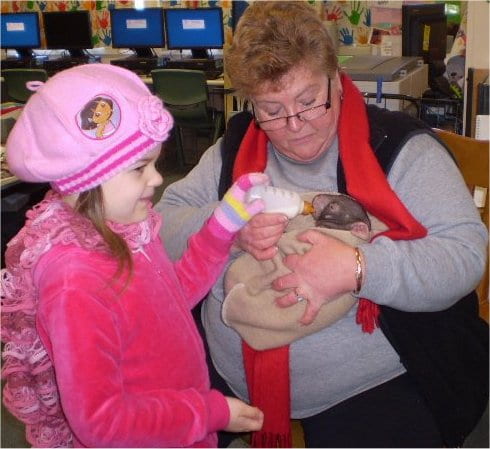
But there is much more to this descendant of the ancient diprotodon and this “(Not So) Serious Guide” provides younger readers with a lot more information about them. Although written for an American audience (and using a number of American terms like miles rather than kilometres and “mombat” for the joey’s mother), it provides interesting facts and details that are the main part of the narrative while there is a secondary flow between the wombat and a snake also called Joey written in speech bubbles which young readers may find amusing.
There are a few pages at the end which offer further information about various wombat species, photos, glossary, and links to further reading (although these would be beyond the scope of the target audience) . Any book which sparks awareness of and interest in Australia’s unique wildlife which perhaps leads to greater care and protection for them as their natural habitat disappears and they become victims of rushing motorists, deserves a place in the collection and for that alone, this has earned its place.
Don’t forget to celebrate Hairy Nosed Wombat Day – May 11, each year.
